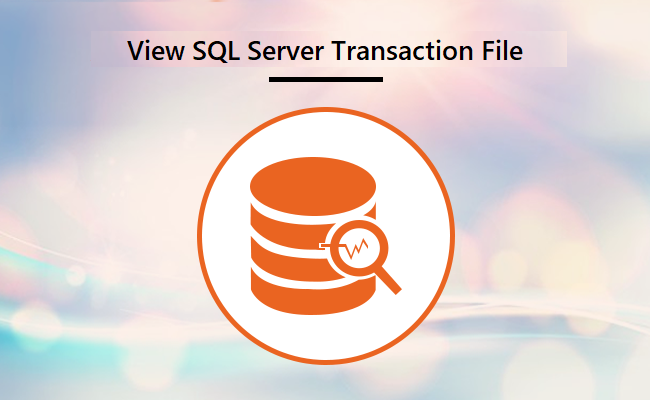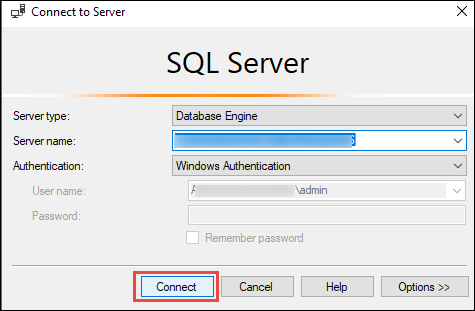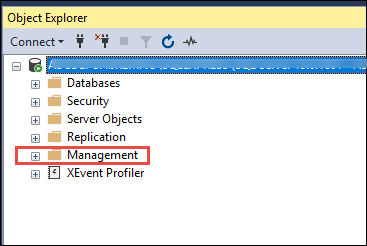View SQL Server Transaction Log – An Intuitive Guide With Explanations


User Query: How can I view SQL Server transaction log to check the transactions I have made in the last few months? It has been a while since I started using SQL and haven’t kept a track of the transactions I have made. Now, I want to be regular with the checking of these transactions to be aware of all the transactions that are being made and to be sure they are only my transactions. Suggest me a simple and quick solution that I can use on a regular basis.
We have the perfect solution for the above discussed user’s concern. But before that, let’s learn some points about the log file and why users want to read SQL server log. SQL server is designed to store, retrieve, and manipulate the database using the SQL queries. These queries are logged into a file which is called as the SQL server transaction log file.
Since SQL server is prone to many risks, it can still be saved if each and every transaction has been checked from the log file. There are many hackers who are trying to get into the SQL servers of huge organizations and some ex-employees doing activities that are not theirs to do. To beware of them, users try to keep a track of all the transactions that are being made in the server.
But it is not easy to analyze the file which is why we are here with the best of solutions.
What Way Makes It Quick to View SQL Server Transaction Log?
The only method for a quick and easy process to read the file is by using the SQL Log Analyzer Tool. This software is designed with algorithms that allows you to open and read all the transactions in Microsoft SQL such as insert, delete, and update. It has a Quick Scan feature that can examine the log file in depth and offer visibility to the database records.
Here, you can find various features offered by this tool but one of the most advanced features of this software is that it can track who modified or deleted the SQL table records. Let’s find more features of this tool to read SQL server log as listed here:
- Easily analyze the file for identifying critical changes in the logs
- You can restore the manipulated data back to the SQL Server
- Software can work on both online and offline SQL Server environment
- Selectively export the data using the Dynamic-Filters for reading the data
- Option to display the information in different export types
- For Offline DB, auto-locate the MDF file to read the database scheme
- Offers support to the Unicode files once the database is exported
- Can work on MS SQL 2019, 2017, 2016, 2014, 2012, 2008, & SQL 2005 LDF
Now, let’s get going to the working of this tool.
How Does This Tool Work to Read the File?
Following steps are how you can view SQL server transaction log:
1. Run the tool and add the files to the software by clicking on the Open button and select the files.
2. Now, choose the Online DB option and select the server name. Hit the Authentication button and choose the Select Database option.
3. After that, mark the checkboxes beside the tables to be exported. Press the Export button.
4. Here, choose from Insert, Update, or Delete options. Set the time-range in the Date-Filter for selective data export.
5. Select the Export To/As type from the given options and enter the Database Credentials in the required fields.
6. Pick a destination location for the resultant files and hit Export to finish the process to read SQL server log.
Once you have completed the process, the software will give an option to generate a report of the exportation task in a .csv format. You can save that report locally along with the data. You have the option to export the data as SQL Server compatible SQL scripts, as CSV, or directly to the SQL Server database.
If you have wrongly added the files to the software and want to remove them, you can click on the Remove option to take out the wrong file, or choose Remove All to draw out all the added files. Also, you can add multiple files by inserting a folder to the software. Choose the Add Folder option for doing so.
User Testimonials
My organization has been trying to view SQL server transaction log to check all the transactions that have been taking place in the last few months. I searched a lot and checked out various sites to check out which method is the best for this situation and found out about this tool. This software made the task quick and easy to perform as compared to the other methods I tried.
There have been a lot of cyber-crimes being committed in sometime which made us realize that our log files haven’t been checked in a few time. I have used almost every manual method and a few tools as well for the same task. Yet, there was not even one solution that could help us export selective data. After coming across this software, it was easy to export specific data on required location. Thanks a lot to the developers for this creation.
Manual and Free Method to View SQL Server Transaction Log
We have another solution which is manual and free but is complicated and time-taking. There is a requirement of technical expertise to implement this method. For those who do not have technical expertise, this solution is not suggested.
We will use the SQL Server Management Studio for this one. Before you implement this procedure, know that you will be shown the details for Audit Collection, Data collection, SQL Server Agent, etc. Now, go through these steps for starting the procedure:
1. Install the SQL Server Management Studio and launch it on your Windows machine to initiate the process to read SQL server log.
2. The Connect to Server Window will be displayed on your screen.
3. Fill in the server name and the authentication type and press the Connect button.
4. You will find the Object Explorer open up. Choose the Management option after that.
5. Now, click on the SQL Server Logs option in the next step.
6. After that, right-click on the logs and choose the View option.
7. Lastly, go to the SQL Server Logs option again and check out the files in here.
Some users may not be able to understand this solution as it is quite difficult and can cause troubles for novice users.
Brief Note
The methods to view SQL Server transaction log are pretty lengthy, complex, and have technicalities which is not suitable for every user. This makes them look for easier and reliable solutions that are hard to find. It is always a suggestion for the users to take help from the professionals or advice from experts in such cases. That is why we have brought the expert-recommended method here and have explained it thoroughly in the blog.









